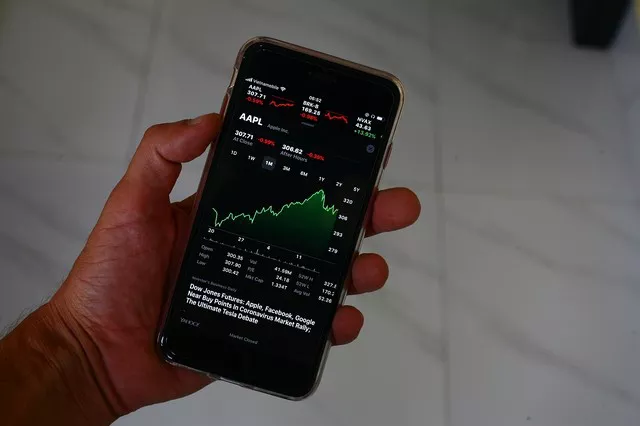The world of grain futures is a dynamic and essential aspect of the agricultural industry. Understanding the intricacies of how grain futures work is crucial for anyone looking to participate in this market. In this comprehensive guide, we will delve into the mechanics, purpose, and key considerations of grain futures. By gaining a deep understanding of this fascinating sector, you can make informed decisions and potentially reap substantial rewards.
The Basics of Grain Futures
Grain futures contracts serve as a means of managing price risk and facilitating price discovery in the agricultural sector. Here’s what you need to know:
Definition and Purpose:
Grain futures are standardized agreements to buy or sell a specified quantity of grain at a predetermined price and future date.
These contracts help producers, consumers, and traders manage price volatility and ensure fair market pricing.
Types of Grain Traded:
Major grains traded as futures contracts include corn, wheat, soybeans, oats, and rice.
Each grain has unique characteristics, demand drivers, and trading patterns, which influence futures prices.
Contract Specifications:
Grain futures contracts have standardized specifications, including contract size, delivery months, and price quotation methods.
Understanding these specifications is crucial for effectively participating in grain futures trading.
Mechanics of Grain Futures
Grain futures trading operates within a well-regulated framework. Let’s explore the key mechanics involved:
Trading and Exchanges:
Grain futures contracts are traded on designated exchanges, such as the Chicago Board of Trade (CBOT) and the Kansas City Board of Trade (KCBT).
These exchanges provide a centralized marketplace where buyers and sellers can trade grain futures.
Long and Short Positions:
Participants can take long (buy) or short (sell) positions in grain futures contracts.
Long positions involve buying futures contracts with the expectation of price appreciation, while short positions involve selling futures contracts in anticipation of price decline.
Price Determination:
Grain futures prices are influenced by various factors, including supply and demand dynamics, weather conditions, government policies, and global market trends.
Market participants analyze these factors to forecast price movements and make trading decisions.
Participants in Grain Futures
Several key players participate in grain futures markets, each with distinct roles and objectives:
Farmers and Producers:
Farmers and producers use grain futures contracts to hedge against potential price declines.
By locking in future prices, they can safeguard their profits and reduce the risk of market fluctuations.
Speculators and Traders:
Speculators aim to profit from anticipated price movements by buying or selling grain futures contracts.
These participants often rely on technical and fundamental analysis, market news, and other indicators to make trading decisions.
Commercial Users and End Consumers:
Commercial users, such as food processors and livestock producers, utilize grain futures contracts to manage their input costs.
These contracts allow them to secure a consistent supply of grain at predetermined prices, protecting them from price volatility.
Factors Influencing Grain Futures Prices
Various factors impact grain futures prices, and understanding them is essential for successful trading:
Supply and Demand Fundamentals:
Grain futures prices are influenced by global supply and demand dynamics.
Factors like crop yields, weather conditions, export/import trends, and population growth play significant roles.
Market News and Reports:
Market news, government reports (e.g., USDA reports), and crop forecasts can significantly impact grain futures prices.
Participants closely monitor these sources to stay informed and adapt their trading strategies accordingly.
Seasonal Patterns and Harvest Cycles:
Seasonal patterns and harvest cycles affect grain futures prices.
Planting, growing, and harvesting periods can create predictable price trends based on crop availability and market sentiment.
Risk Management and Strategies
Successful grain futures trading requires effective risk management and strategic decision-making:
Hedging Strategies:
Hedging is a risk management technique used by farmers, producers, and commercial users to mitigate price risk.
By taking offsetting positions in the futures market, they can protect themselves from adverse price movements.
Speculative Strategies:
Speculators employ various strategies, such as trend following, breakout trading, and spread trading, to capitalize on anticipated price movements.
These strategies involve careful analysis, technical indicators, and risk management protocols.
Conclusion
Grain futures trading provides participants with an avenue to manage price risk, make informed trading decisions, and potentially generate profits.
By understanding the mechanics, participants, and factors influencing grain futures prices, you can navigate this dynamic market with confidence.
Remember to conduct thorough research, develop a sound trading plan, and apply prudent risk management techniques to maximize your chances of success.
With dedication, knowledge, and strategic thinking, you can harness the power of grain futures and reap the rewards of this exciting market.


